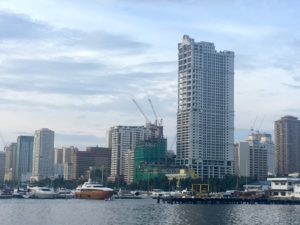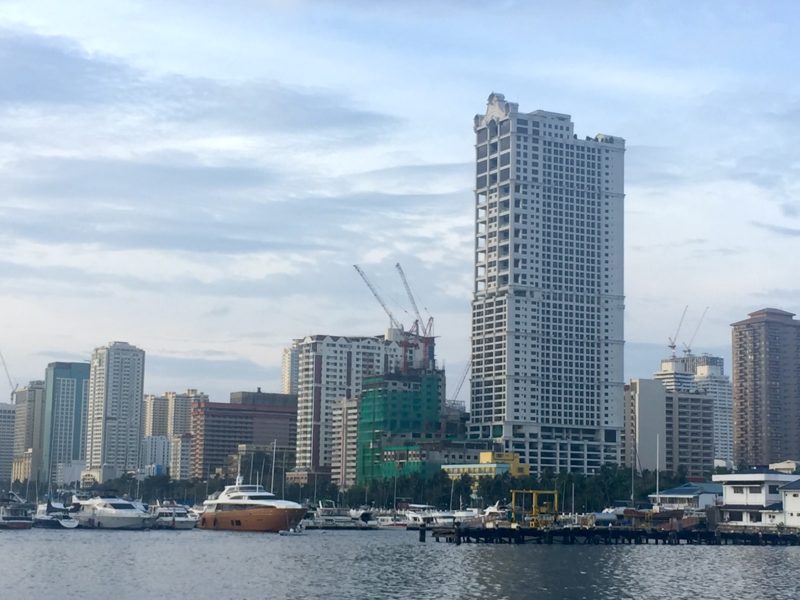 The Philippine economy grew more slowly at 6% in the second quarter of 2018 compared to the 6.7% growth recorded in the same period last year, the slowest in three years as the last recorded 6% growth was in the third quarter of 2015.
The Philippine economy grew more slowly at 6% in the second quarter of 2018 compared to the 6.7% growth recorded in the same period last year, the slowest in three years as the last recorded 6% growth was in the third quarter of 2015.
According to the latest data from the Philippine Statistics Authority (PSA), the April-June 2018 gross domestic product (GDP) is also lower than the revised growth of 6.6%, down from the initial 6.8% growth, for the first quarter of 2018.
Socioeconomic Planning Secretary Ernesto Pernia, in a statement, said that “this growth rate is less than what we had hoped for.” Market estimates had put the second- quarter growth at a range of between 6.6% and 7%.
With the 6% second-quarter growth and the downward revised first-quarter growth, the country’s GDP for the first six months grew 6.3%, which implies that the Philippine economy would have to expand by at least 7.7% in the second semester to attain the low end of the 7% to 8% target for 2018.
Despite the slow growth, Pernia said the second-quarter growth still makes the Philippines one of the best-performing economies in Asia, just behind Vietnam’s 6.8% and China at 6.7%, and ahead of Indonesia’s 5.3%.
The Cabinet official said the slowdown is partly due to policy decisions undertaken “that are expected to promote sustainable and resilient development.” Pernia was referring to the temporary closure of Boracay from tourism activities, which partly dented the economy as growth in exports of services slowed to 9.6% in the second quarter from 16.4% in first quarter.
He was also referring to regulations in the mining sector—the closure of several mining pits and the excise tax on non-metallic and metallic minerals—which resulted in the lackluster performance of the mining and quarrying sector. Moreover, the stricter enforcement of regulations on aquaculture producers at Laguna Lake caused a drop in freshwater fish catch.
“But, I emphasize, all measures should ensure sustainable and long-run growth for the economy. These policy decisions were prudent and judicious,” Pernia stated.
Industry growth was also slower at 6.3% as manufacturing softened on the back of strict regulations on controlled chemical and chemical products, coupled with the high rates charged by shipping companies for transporting chemicals.
The agriculture sector also showed stagnant output, which Pernia said supports “our premise that the main reason behind the high inflation is the gross deficiency in the domestic production of food, which was not augmented by imported goods especially rice.”
Despite the price pressures, domestic demand remained buoyant at 10.1%—driven by household consumption and investments, while government consumption recorded a slight deceleration at 11.9%.
The implementation of the government’s Build, Build, Build infrastructure program is seen to bode well for the construction industry, boosting not only public construction but private builders as well.





